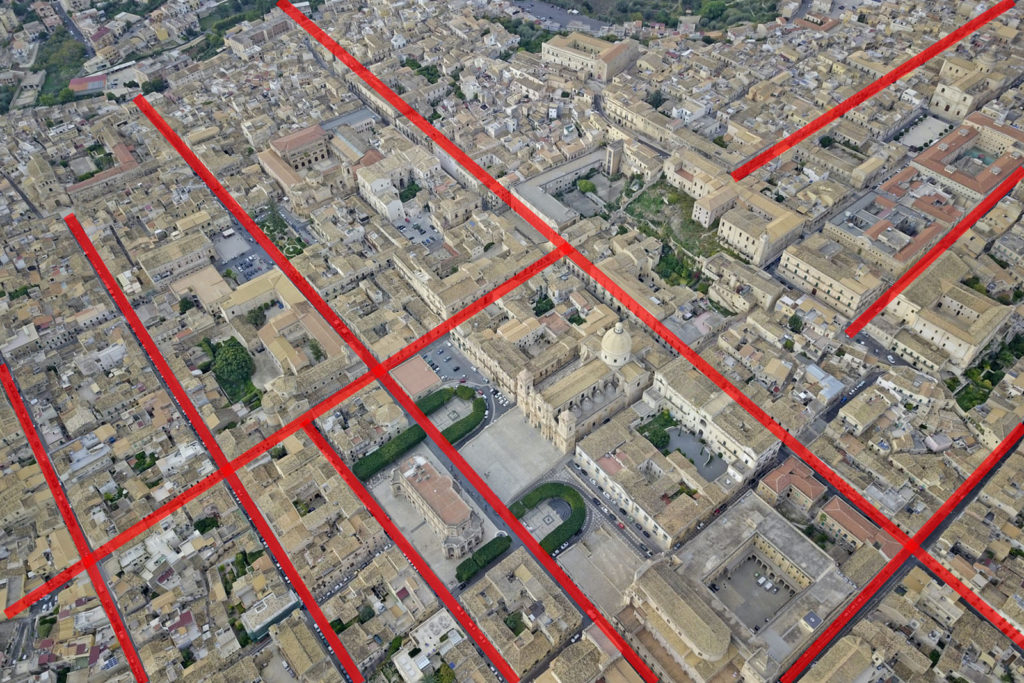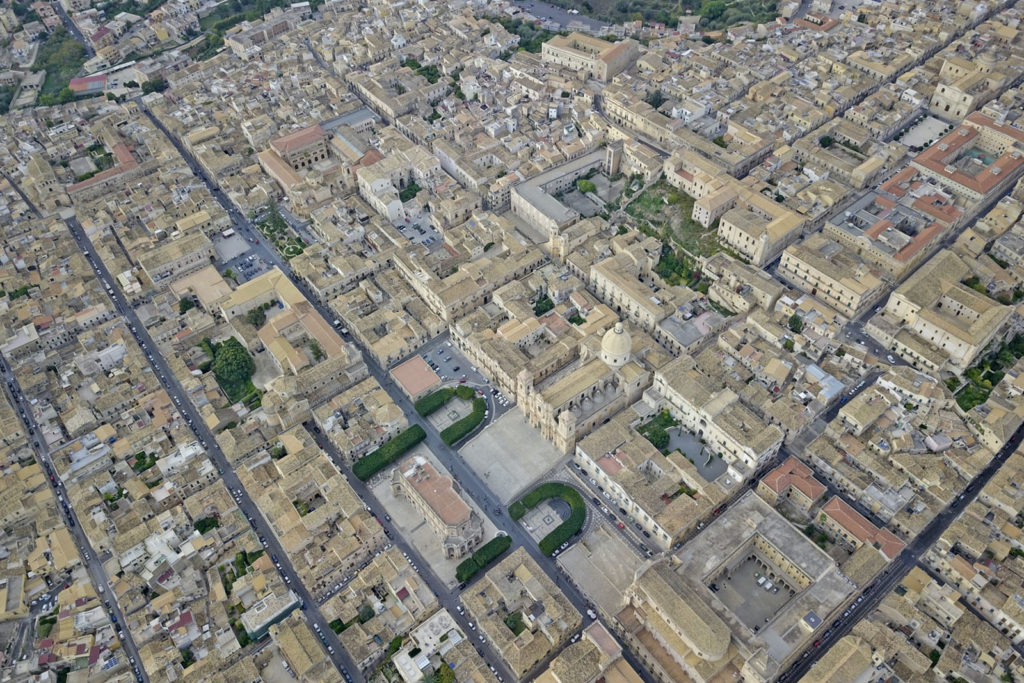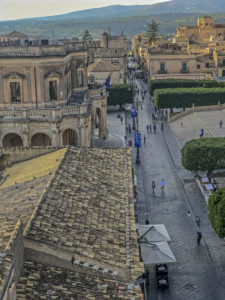The beautiful city of
Noto
was the result of a significant reconstruction that took place following the tragic earthquake of 1693. The city was completely destroyed. What to do next? Rebuild in the same location or choose a new site? The answer was late in coming and it took years before an agreement was reached! The
Duke of Camastra
resolved the debate, decreeing the reconstruction of Noto in a new site on the Meti hill. But those who thought that work could finally begin were wrong! A new debate hindered reconstruction: was it to be built on the plateau, or in the valley up the slopes of the Meti hill? In this case the viceroy Cardinal Giudice intervened and everyone agreed: the new city of Noto could be rebuilt in both areas.
The new road layout was entrusted to the architect
Angelo Italia
.


 The project involved the construction of three main roads that connected the upper and lower city, and a long avenue with large and illustrious palaces overlooking beautiful scenic squares.
The project involved the construction of three main roads that connected the upper and lower city, and a long avenue with large and illustrious palaces overlooking beautiful scenic squares.
The upper part was inhabited by the poorest citizens and the labourers who worked on the building sites.
The valley area, on the other hand, was the new residential district of rich aristocrats and religious orders.
Corso Vittorio Emanuele was the ideal place to build the noble palaces and religious buildings, churches and monasteries.